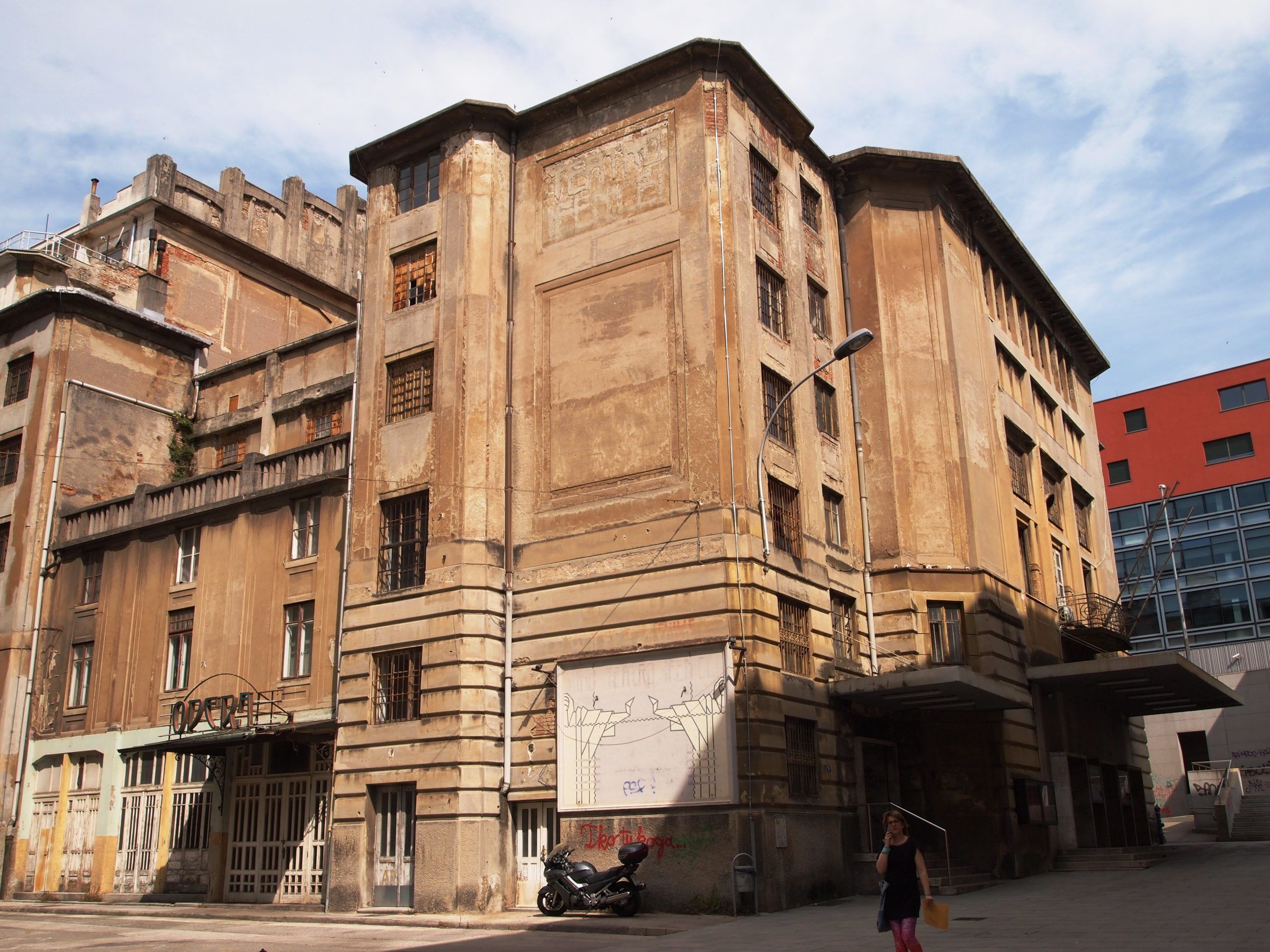The large Art Nouveau building of the Teatro Fenice as we know it today dates back to 1914 and is the successor of the similar older and more modest facility. With the later building, Rijeka got an entertainment centre which included the theatre, variety shows, a casino, a concert hall, social rooms and a residential area. The large Teatro hall could host up to two thousand spectators. In addition, there is an area below, initially known as the Sala Bianca.
At the time the Teatro Fenice was built, it was the largest cinema hall as well as the largest theatre building in Croatia and in the surrounding area. It was designed by architects Theodor Träxler (Otto Wagner’s pupil) and Eugenio Celligoi. It was the first big European theatre with a supporting structure made of reinforced concrete. Besides its Art Nouveau elements, the Teatro offered Proto-Cubist and futuristic elements and its separated position by the railway line gave it a rather metaphysical atmosphere.

